What Time of Day is Best for Ice Fishing?
Ice fishing presents unique challenges and opportunities throughout different parts of the day. Unlike open-water fishing where conditions might remain relatively stable, ice fishing success can vary dramatically depending on the time you choose to drop your line. Understanding these daily patterns can be the difference between a frustrating outing and filling your bucket with prize catches. Both novice and experienced anglers benefit from recognizing how fish behavior changes throughout the day under the ice. This comprehensive guide will help you determine the optimal times to ice fish and maximize your chances of success during your winter fishing adventures.
Early Morning Magic: The First Light Advantage
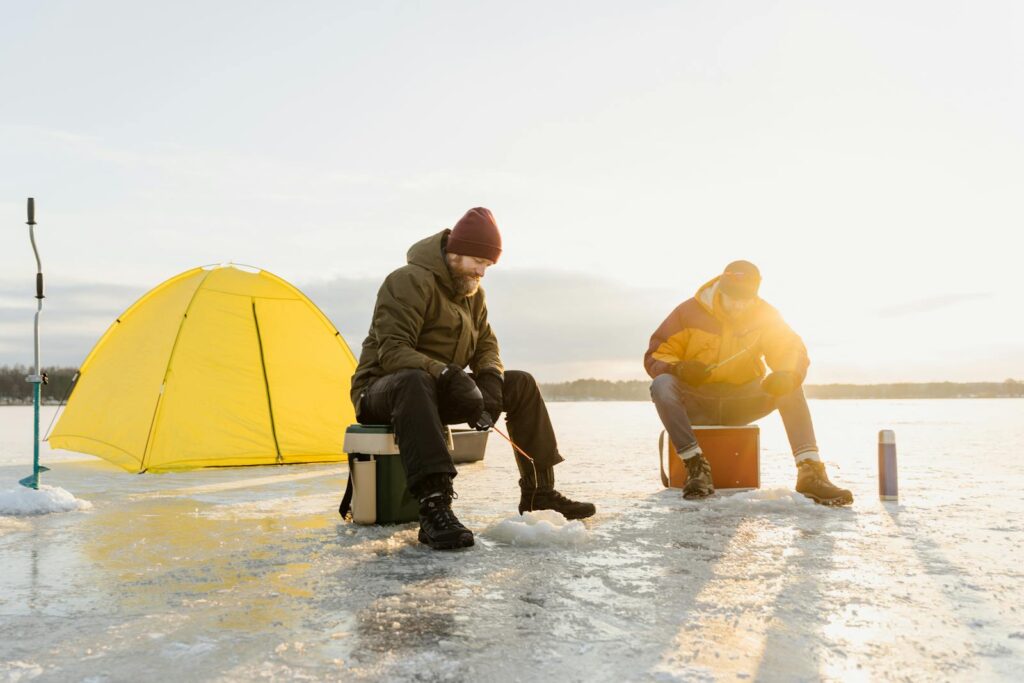
The period just before and shortly after sunrise often provides exceptional ice fishing opportunities. As light begins to penetrate the ice, many fish species become more active in what anglers call the “morning bite.” During these early hours, predatory fish like pike and walleye may be finishing their nighttime feeding sessions or beginning to seek shelter for the day. The transition between darkness and light creates a window where fish are naturally more active and willing to strike at baits. Early morning fishing also typically means less competition from other anglers, giving you access to prime fishing spots that might become crowded later in the day.
The crisp morning air and the serenity of being the first on the ice add to the magical experience of dawn ice fishing.
Mid-Morning Lull: Understanding the Slowdown

After the initial morning activity subsides, many ice anglers experience a noticeable decrease in action during mid-morning hours. This period, typically from about 9:00 AM to 11:00 AM, often sees fish becoming less active as they adjust to increasing light penetration through the ice. During this time, fish commonly retreat to deeper water or structure where they feel more secure from predators. Rather than packing up and heading home, savvy anglers use this time to adjust their strategies by downsizing baits, slowing presentations, or relocating to deeper holes.
The mid-morning lull also provides an excellent opportunity to drill additional holes, prepare equipment, or enjoy a warm beverage while planning your approach for the upcoming midday period. Understanding that this slowdown is natural helps anglers remain patient and persistent.
Midday Strategies: Making the Most of Daylight Hours
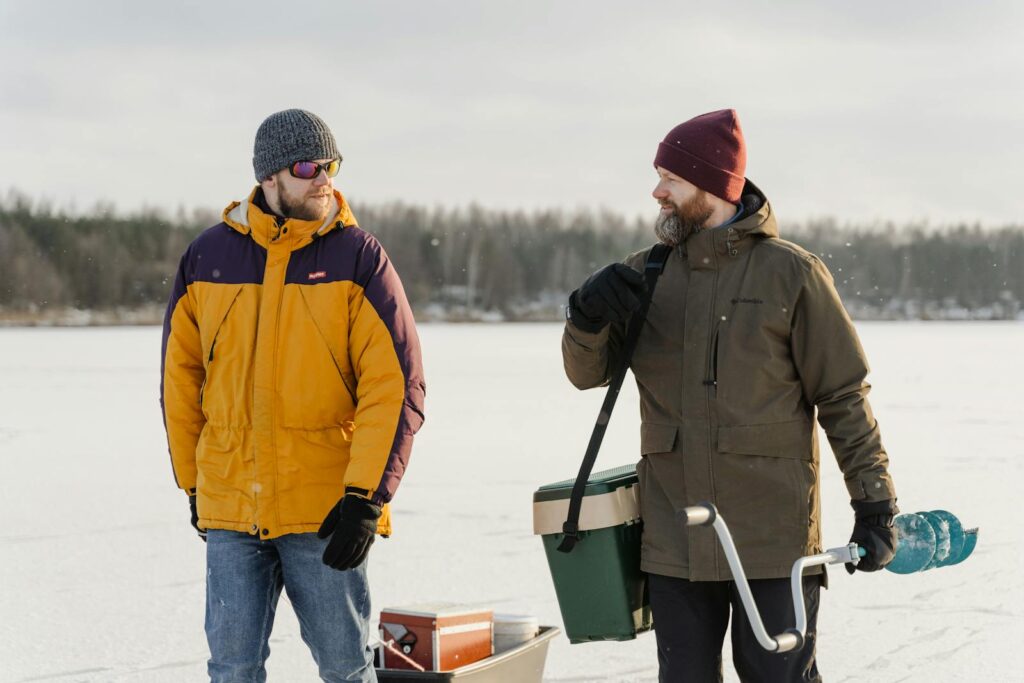
Contrary to popular belief, midday hours can be productive for ice fishing under the right conditions. During winter, the sun sits low in the sky, creating less intense light penetration compared to summer months, which means fish may remain active longer into the day. Species like perch, crappie, and bluegill often feed actively during midday, especially in deeper waters where light levels remain comfortable. On overcast days, the diffused light creates prime feeding conditions that extend throughout midday hours. Experienced ice anglers often use these hours to target different species or locations than they would during early morning or evening periods.
The warmer temperatures during midday also make for more comfortable fishing conditions, allowing anglers to stay mobile and drill multiple holes without battling the extreme cold of early morning or late evening.
The Afternoon Advantage: Rising Activity Levels

As the afternoon progresses, particularly during the last few hours before sunset, fish activity often increases again, creating another prime window for ice fishing success. This afternoon period typically sees fish beginning to position themselves for evening feeding, making them more likely to strike at presented baits. Water temperatures may also reach their daily peak during late afternoon, triggering increased fish metabolism and feeding behavior. Many predatory species become more aggressive during this time as they prepare for nighttime hunting.
The afternoon advantage is particularly pronounced on days with stable weather patterns, as fish feel more comfortable moving from deeper haunts to shallower feeding areas. Savvy anglers often plan their fishing day to ensure they’re set up and ready for this afternoon uptick in activity.
Prime Time: The Golden Hour Before Sunset

The hour immediately preceding sunset represents what many ice anglers consider the golden hour for winter fishing success. During this magical period, predatory fish like walleye, pike, and lake trout often become extraordinarily active as they prepare for nighttime feeding. The fading light creates ideal conditions for ambush predators, while prey species may be more vulnerable as they struggle to detect threats in the diminishing visibility. This pre-sunset window frequently produces the largest catches of the day, particularly for anglers targeting trophy-sized fish.
The combination of increased fish activity and the breathtaking beauty of a winter sunset creates an unforgettable ice fishing experience. Experienced anglers ensure they’ve located productive areas well before this time arrives, allowing them to capitalize fully on the brief but potentially rewarding sunset bite.
After Dark: Nighttime Ice Fishing Opportunities
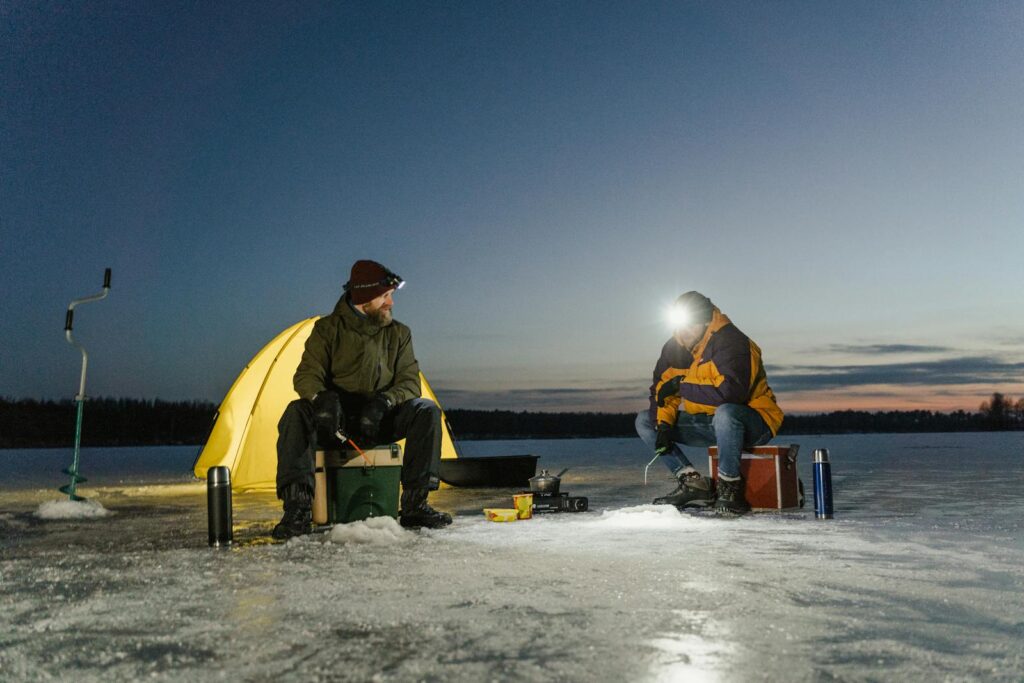
Night fishing through the ice offers unique opportunities that many anglers overlook. Several prized species, including walleye, burbot, and crappie, feed actively after dark, making nighttime a prime period for targeting these fish. Modern LED headlamps, light-up strike indicators, and other specialized equipment have made night ice fishing more accessible and enjoyable than ever before. The reduced fishing pressure after dark means fish often feed more confidently, leading to more aggressive strikes and potentially larger catches. Safety becomes particularly important during nighttime ice fishing, with extra precautions needed for navigation, hole identification, and general awareness on the ice.
The unique sensory experience of fishing under the stars, with the occasional northern lights display, adds a magical dimension to after-dark ice fishing adventures that daytime outings simply cannot match.
Seasonal Variations: How Timing Changes Throughout Winter

The optimal fishing times shift significantly as winter progresses from early to late season. During early ice (December-January in most northern regions), fish are often active throughout the day, with less pronounced peak periods due to their higher metabolism carried over from fall. Mid-winter (January-February) typically sees the most defined feeding windows, with fish becoming particularly selective about when they feed actively, making time of day critically important. Late-ice periods (February-March) often bring increasingly aggressive feeding behavior as fish prepare for spring spawning, with midday becoming surprisingly productive as water begins to warm slightly beneath the ice.
These seasonal variations mean successful anglers must adjust their timing strategies throughout the winter rather than relying on a single approach. Recognizing these shifts allows you to maximize your success rate across the entire ice fishing season.
Weather Factors: How Conditions Affect Prime Fishing Times
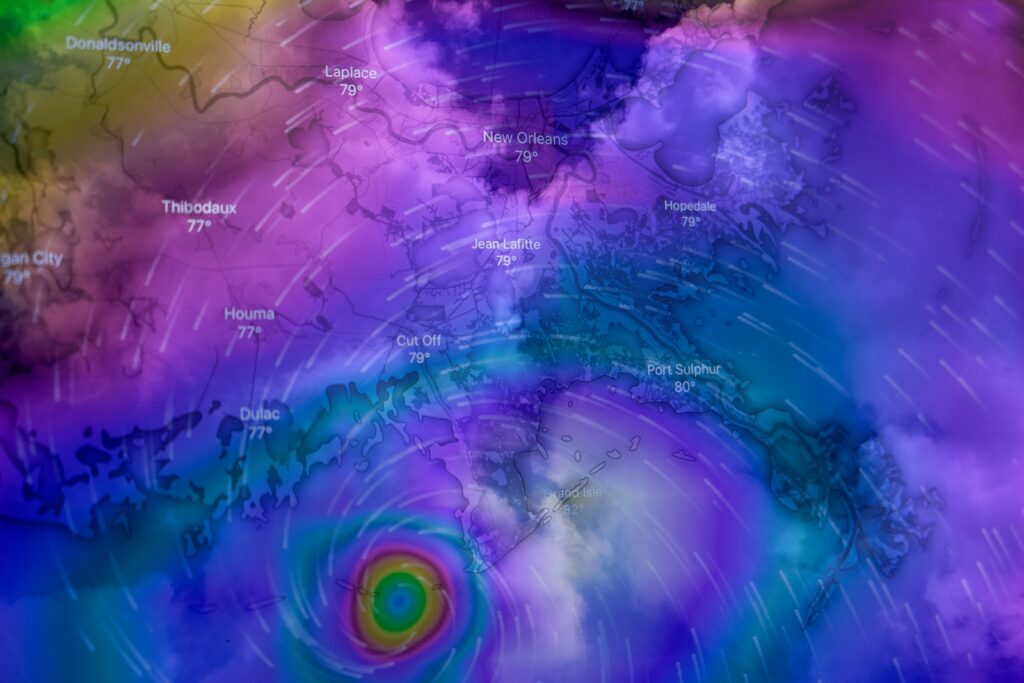
Weather patterns dramatically influence optimal ice fishing times, often overriding typical daily patterns. Approaching storms frequently trigger intense feeding activity regardless of the time of day, as fish sense the barometric pressure changes that precede weather systems. Stable, high-pressure days generally reinforce traditional time patterns with clearer morning and evening peak periods. Heavily overcast conditions can extend normally brief feeding windows, sometimes making midday nearly as productive as dawn or dusk. Wind direction and intensity also play crucial roles in determining fish activity, with certain wind patterns stimulating feeding while others suppress it.
Successful ice anglers pay close attention to weather forecasts, often planning their outings around approaching weather fronts rather than specific times of day. The interplay between weather and time of day creates a complex matrix of factors that the most successful ice anglers learn to interpret through experience.
Species-Specific Timing: Targeting Different Fish

Different fish species exhibit distinct activity patterns that smart anglers learn to exploit. Walleye, known for their light sensitivity, typically feed most aggressively during low-light periods at dawn and dusk, making these prime times for targeting this prized species. Perch and bluegill often remain active throughout daylight hours, with midday frequently producing excellent results, especially when targeting deeper basin areas. Pike tend to be most active during morning hours, particularly on sunny days when they hunt in shallow weed edges where light penetrates clearly.
Trout species vary significantly, with brook trout often feeding throughout the day while lake trout typically become more active during mid-morning and afternoon periods. Understanding these species-specific patterns allows anglers to efficiently target different fish throughout the day, maximizing their chances for success regardless of when they’re on the ice.
Location Considerations: How Depth and Structure Affect Timing

The relationship between fishing location and optimal timing creates opportunities for strategic positioning throughout the day. Shallow water locations (under 15 feet) typically produce best during early morning and late evening when reduced light makes predatory fish more comfortable hunting in these areas. Mid-depth ranges (15-30 feet) often remain productive throughout most of the day, with peaks during transitional light periods. Deep water locations (over 30 feet) frequently yield best results during midday hours when light penetration is strongest, pushing fish deeper.
Structure type also influences timing, with points and breaklines becoming particularly active during dawn and dusk transition periods. Understanding these location-timing relationships allows anglers to develop a mobile strategy, starting shallow early, moving deeper during midday, and returning to shallower areas for evening fishing.
Pressure Patterns: How Other Anglers Affect Timing
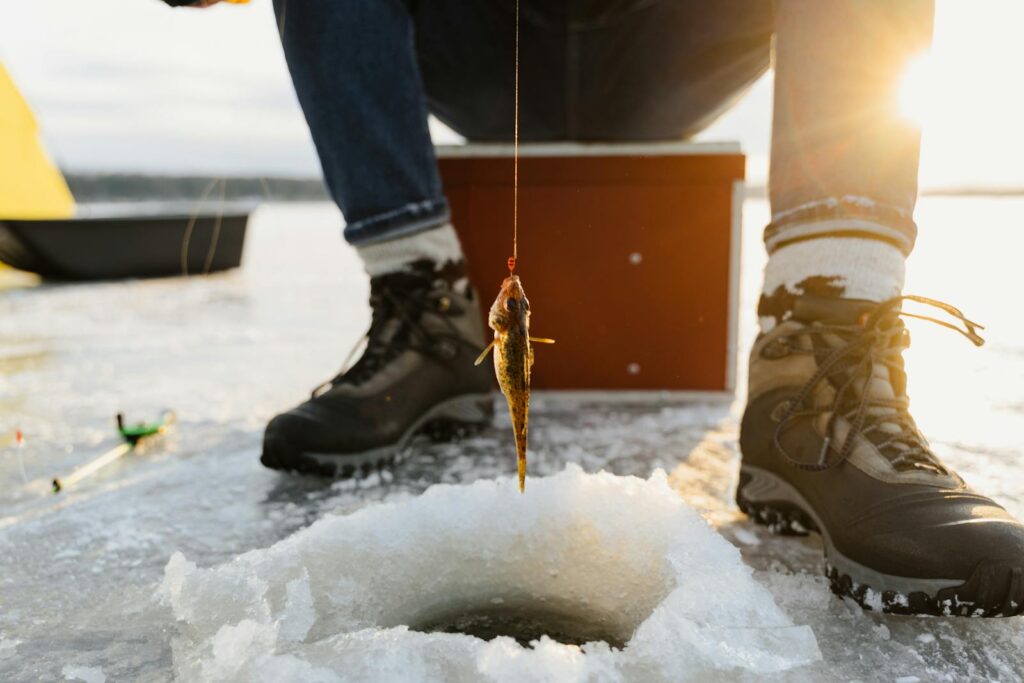
Fishing pressure significantly impacts when fish are most catchable, often creating counter-intuitive opportunities. Heavily pressured lakes may see diminished activity during traditional peak times as fish become conditioned to the increased noise and disturbance from numerous anglers. On popular ice fishing destinations, targeting “off-hours” between traditional peak periods can yield surprising results as fish recover from disturbance and resume feeding. The first anglers on previously unfished areas almost always experience better success regardless of the time of day, highlighting the importance of finding untouched ice.
Weekend patterns differ notably from weekday patterns on popular lakes, with fish often becoming more selective and timing-sensitive during periods of heavy pressure. Understanding these pressure-related timing shifts can help anglers discover productive windows that others miss.
Making the Most of Limited Time: Maximizing Short Outings
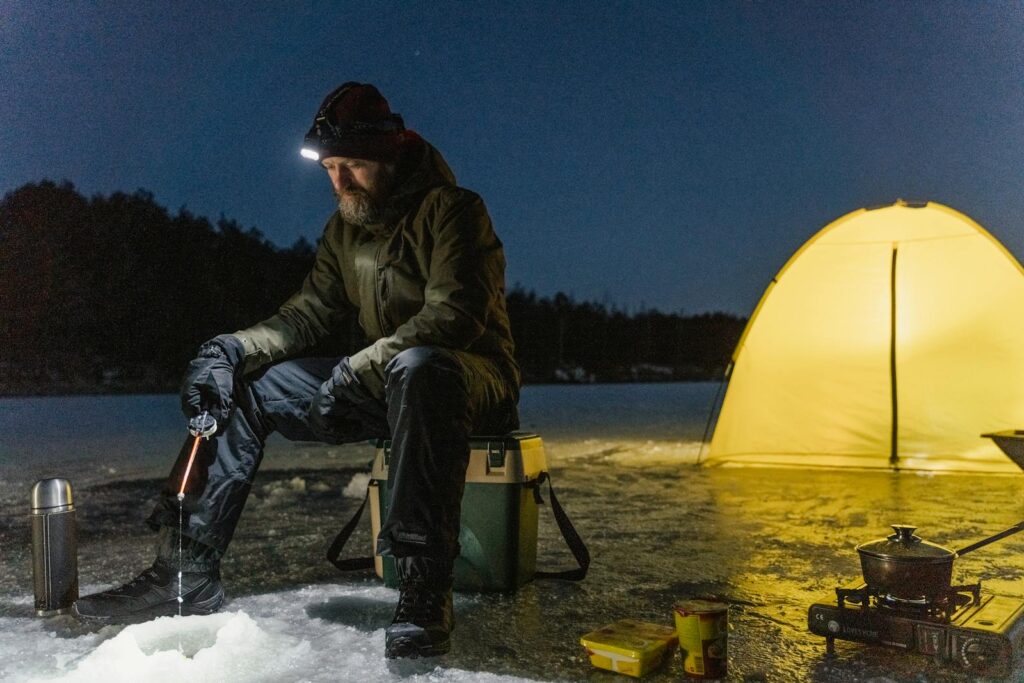
Not every ice fishing adventure can span from dawn to dusk, but even short outings can be highly productive with strategic timing. If limited to just 2-3 hours on the ice, prioritizing either the morning or evening peak periods typically yields the best results for most species. When restricted to midday fishing, focusing on species like perch, crappie, and bluegill that remain relatively active during daylight hours increases your chances of success. Mobile strategies become particularly important during limited outings, with aggressive hole-hopping often outperforming stationary approaches when time is short.
Preparation becomes crucial for maximizing limited ice time, with pre-drilled holes, organized tackle, and ready-to-deploy equipment allowing you to spend more precious minutes with lines in the water. Even a one-hour session can be remarkably productive when timed to coincide with known feeding windows for your target species.
Conclusion: Developing Your Personal Timing Strategy
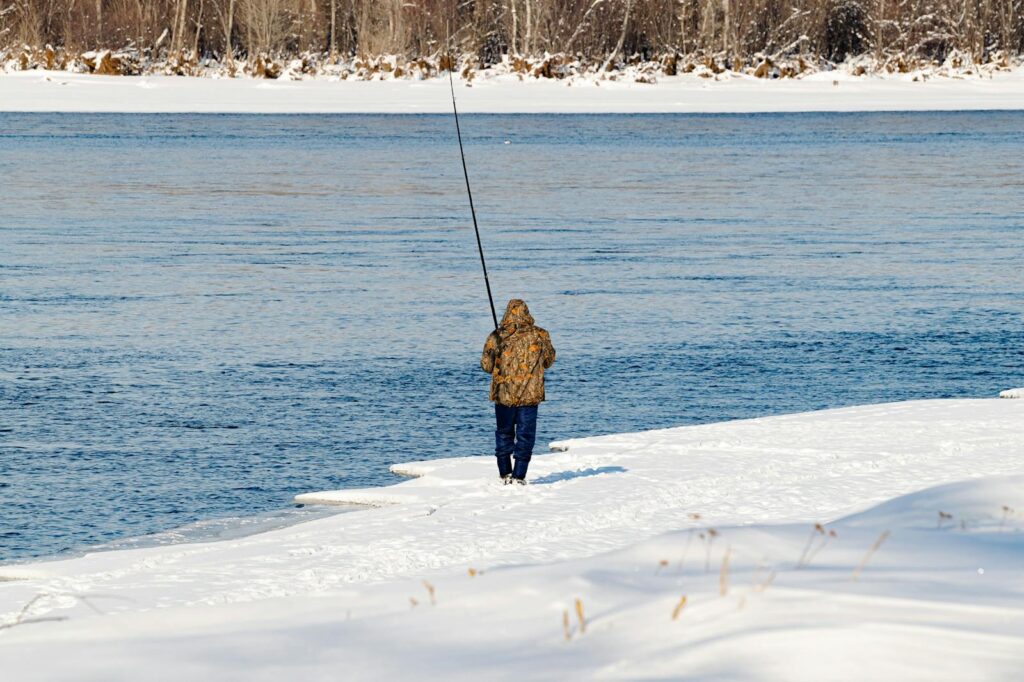
While general patterns provide valuable guidance, developing a personalized timing strategy based on your specific fishing conditions yields the best results. Keeping a detailed log of successful outings, noting time of day, weather conditions, and fish activity patterns helps identify trends specific to your local waters. Experimenting with different time periods rather than always fishing during conventional peak times can reveal unexpected opportunities others miss. The most successful ice anglers maintain flexibility, adjusting their timing based on real-time conditions rather than rigidly adhering to predetermined schedules.
Ultimately, the “best” time for ice fishing combines when fish are most active with when you can most enjoyably and comfortably be on the ice. By understanding how time of day influences ice fishing success and applying this knowledge to your unique situation, you’ll maximize both your catch rate and your enjoyment of this remarkable winter pursuit.
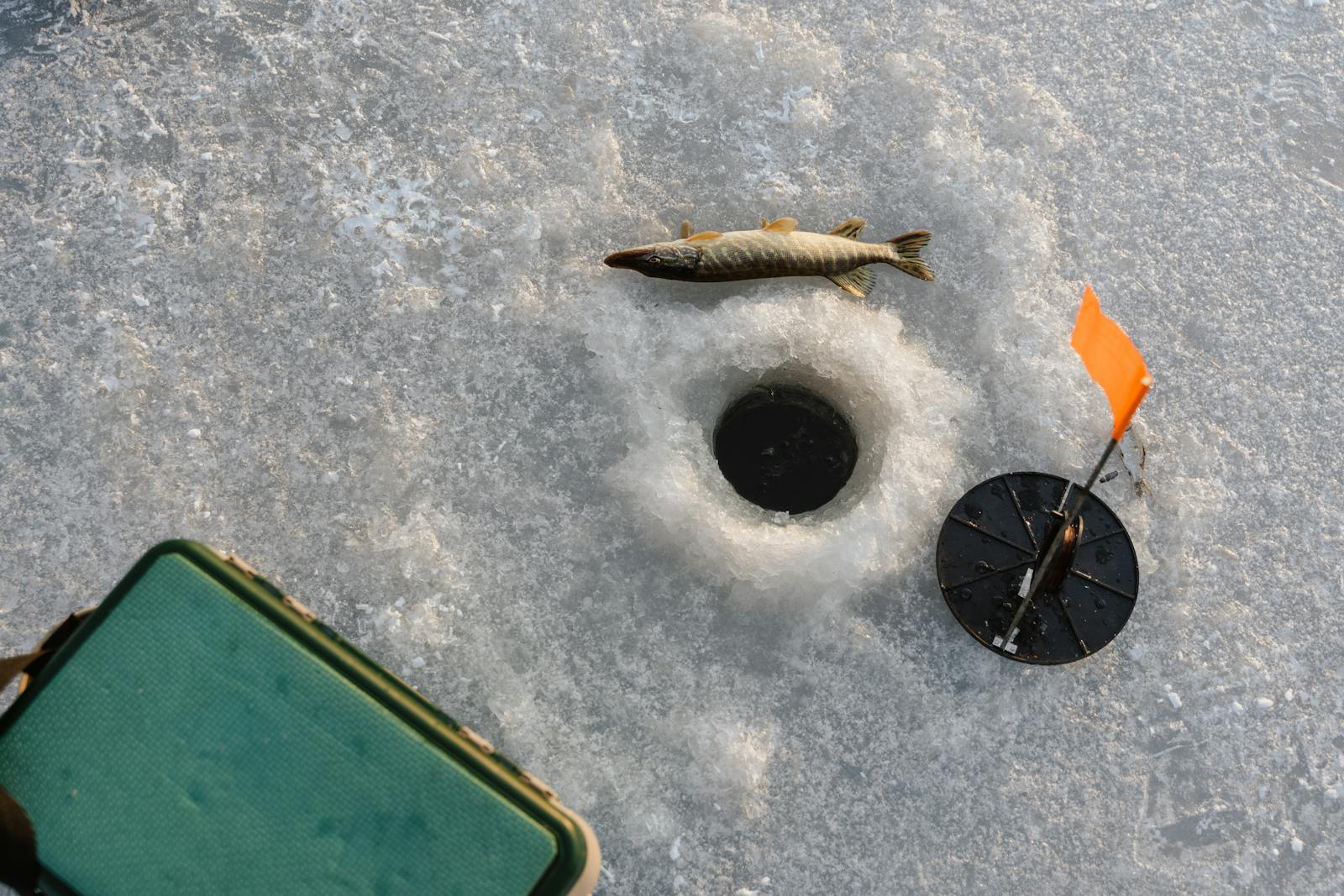
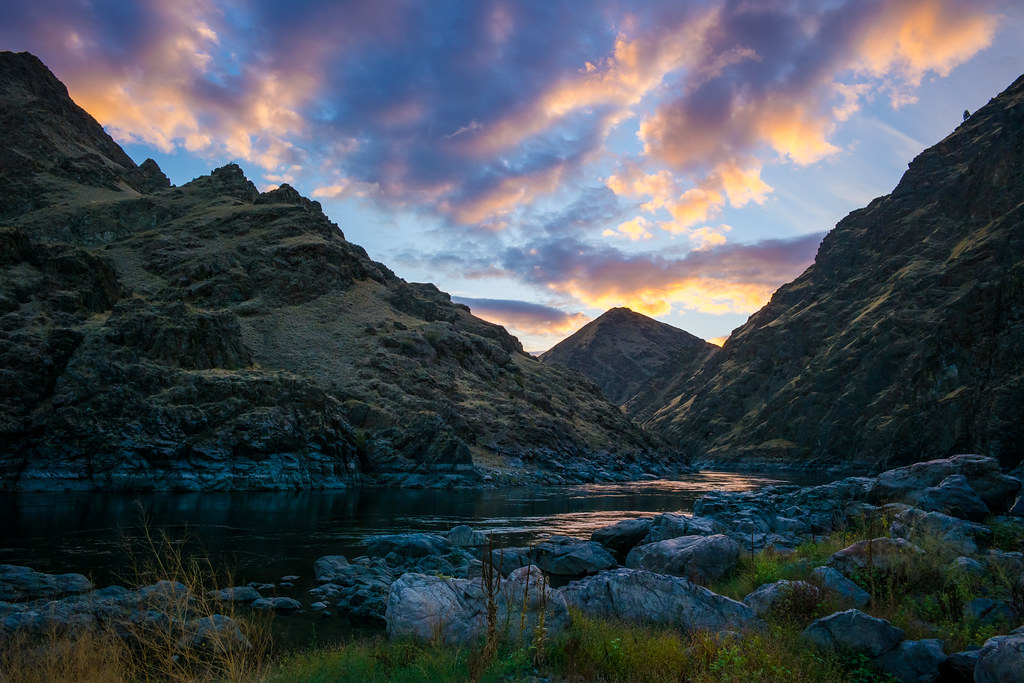

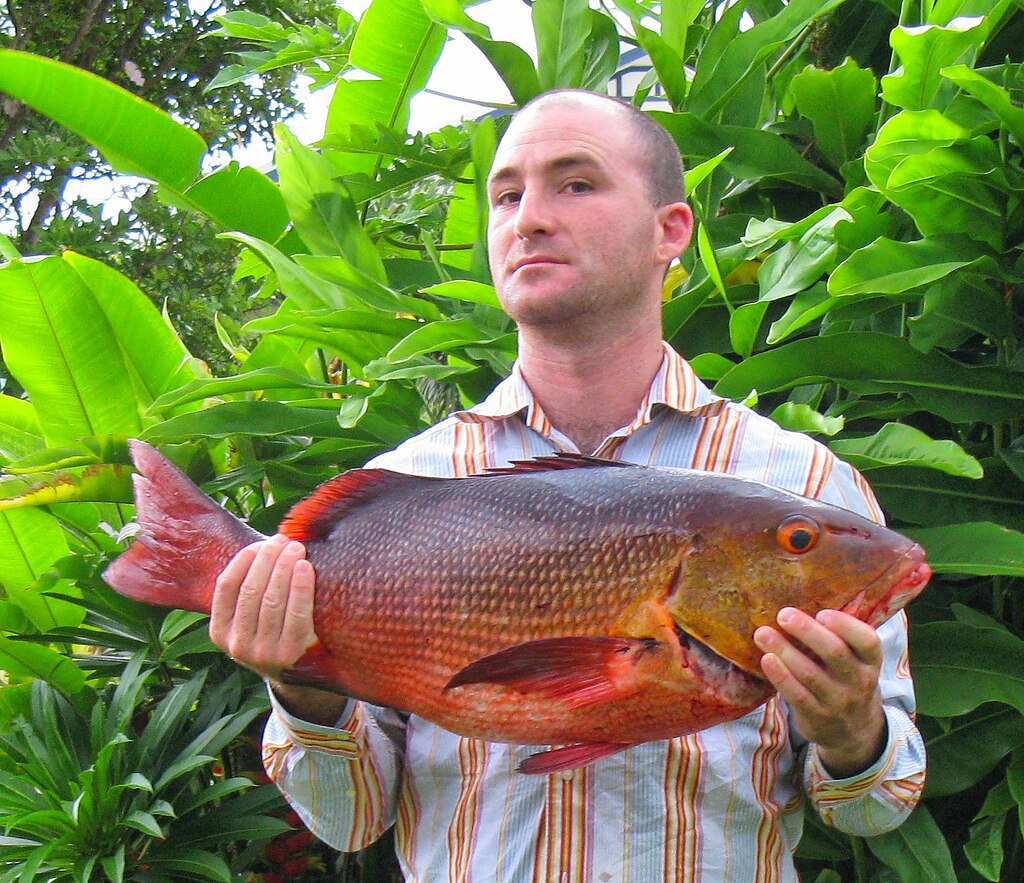










Post Comment